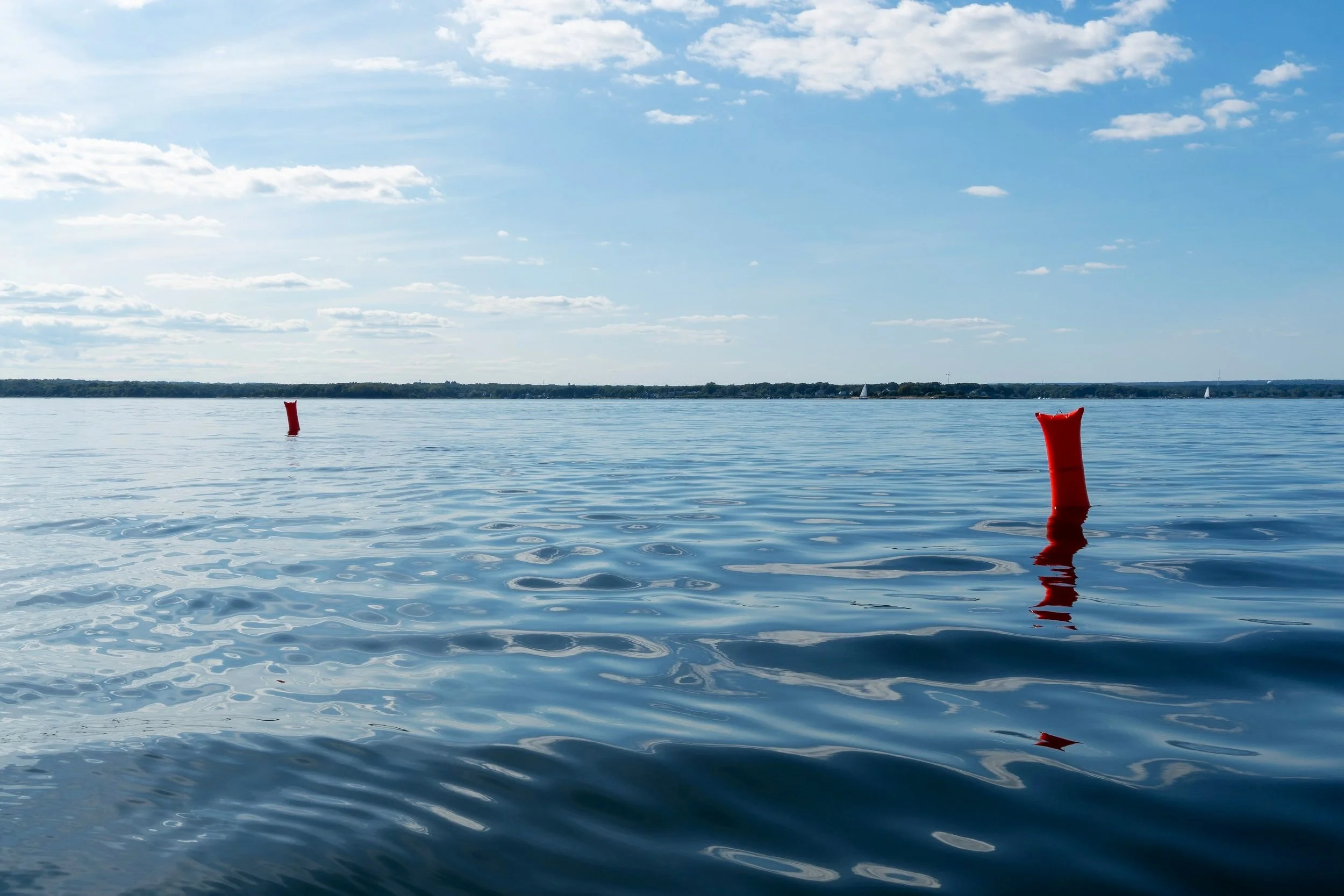
Frequently Asked Questions.
-
Our systems have been pressure tested to 600 meters, with an operational limit of 400 meters. The deepest use for fishing was just under 366 meters (200 fathoms) in British Columbia in 2023. Currently, our systems are used in depths of 165 to 275 meters (90 to 150 fathoms) in Atlantic Canada, the US Northeast, and California.
-
The batteries are designed to last 6 months, supporting a full season of fishing. They can be easily recharged at the end of each season.
-
No, but this varies depending on depth and gear configuration. Most fishermen can get multiple lifts per tank before needing a refill at a local dive shop or with their own compressor. We provide appropriately sized tanks to minimize refills.
-
Our proprietary, Patent Pending Single Ping Positioning™ technology offers 1 degree of accuracy at a 1500-meter range, providing real-time gear location within a few feet.
-
Visibility varies with depth. In shallow depths (<10 meters), gear can be seen on the chart plotter from 100-200 meters away. At greater depths, positioning is successful up to nearly a mile away.
-
Our Single Ping Positioning™ technology allows real-time display on a chart plotter. The vessel transceiver sends an acoustic signal to the submerged gear, which responds to allow the surface system to compute the position of all submerged gear. The surface system decodes the replies from the submerged gear to establish identification, classification, and ownership information.
Then, all the computed positions are displayed on a chart plotter as follows:
Green vs red for ownership
Single vs trawl gear
Pairing of trawl ends to display the entire trawl line
Technical
-
Very easy. Our system was designed with input from fishermen to ensure seamless integration with existing fishing methods.
-
No, but many choose to. We offer dunking transducers with our RISER™ AT system, which does not require any boat modifications.
For our RISER™ MTA system, we offer pole-mounted transducers for the initial customer trials of our systems, but the preferred method for actual fishing is to hull-mount the transducers. This gives the best acoustic performance. We provide guidance on the best option for your boat.
-
No. Other fishermen will only see a red dot on the chart plotter representing your gear for deconfliction purposes. Law enforcement will see your gear as a green dot, as they will need to be able to retrieve it.
-
No. All the systems are coded separately. Only the owner of the gear and fishery enforcement can recover.
-
No, the opposite appears to be true. Feedback from current fishermen indicates that the speed and efficiency of deck operations have been improved.
-
Yes. Our systems have withstood rough conditions over the past three years without issues. In fact, in a storm it is helpful to not have a buoy and line pulling on your gear.
Operational
-
Regulations are evolving, so please contact us for assistance with local rules. Ropeless fishing is allowed on a limited basis in the US Northeast, Atlantic Canada, and the US West Coast under permission from fisheries management utilizing an Exempted Fishing Permit (EFP).
-
Our units require minimal maintenance. We provide a user manual and support for simple tasks like changing batteries and adding grease to connectors.
-
10 years for the actuator. 5-10 years for the enclosed flotation bags. 1-2 years for the gas cylinders.
-
Our systems are used in Atlantic Canada, the US Northeast, and California for various species.
-
Right now, it’s more expensive than we want it to be. We are still building systems in small batches, which is costly and labor-intensive. We are in the midst of a "Design for Manufacturing" cycle to optimize for higher volume production for a significantly less expensive commercialized product.
